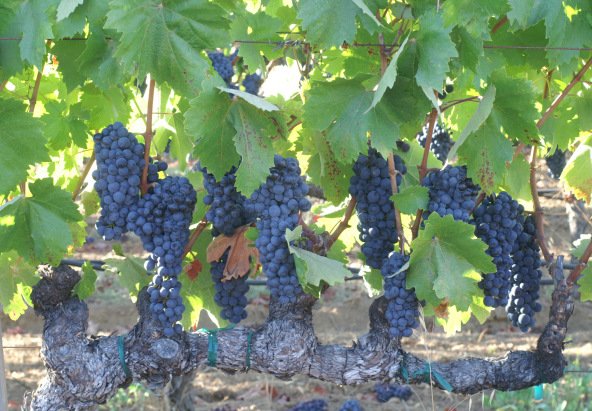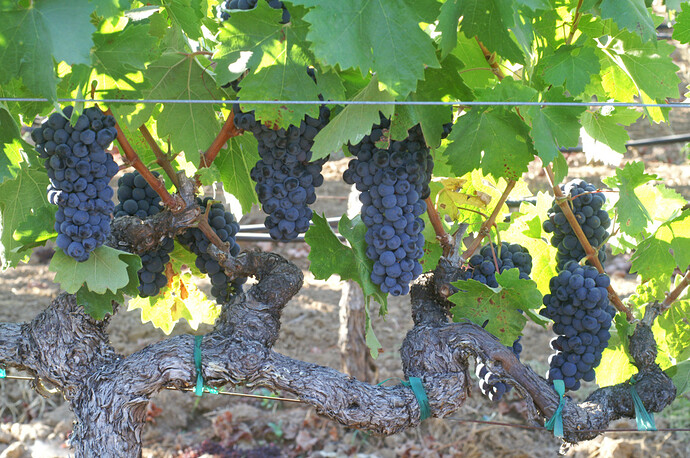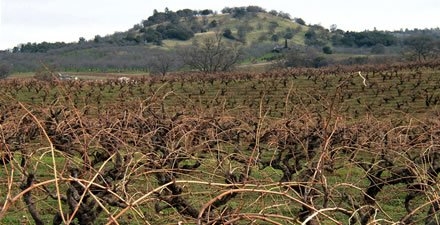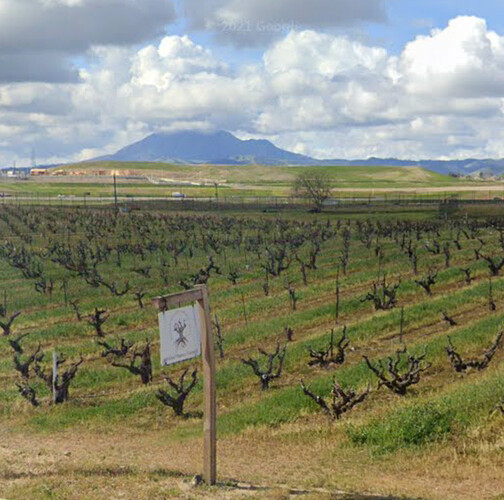Received the below email today, thought it was worth sharing. Seem’s like a great research project to try to quantify/document something that a lot of us already believe as fact. Hopefully can help with possibly gaining some Public Funds to assist the HVS’s mission going forward.
Full Disclosure, I have pledged some money (as I did to support the HVS last year as well).
Dear friends,
We hope you’re all staying safe and well during this tumultuous year. While we patiently await the day when we can once again host in-person HVS events, we’re writing to share about an exciting initiative to support California’s historic vineyards this year.
Earlier this summer, we were approached by Federico Casassa Ph.D., Associate Professor of Enology at the Cal Poly Wine & Viticulture Department. Federico and Dr. Jean Dodson Peterson (viticulture) are running a research project that aims to evaluate the effect of “Old Vine” Zinfandel on grape quality and wine quality, including chemistry and wine composition.
This research project studies young vines (10 years old or younger), old vines (50 years old or older) and a control group through the growing season, including making wines from the three sample sets and assessing the samples with both chemical and sensory analysis. Federico and his team conducted this research in 2019 with no grant funds, then in 2020 received a grant from the Agricultural Research Institute. This grant requires a cash match of $6,305.00 in order to release the full grant amount for 2020-2021. The grant money pays the salary of a hard-working grad student along with funding laboratory analysis to provide important data needed for the project.
The HVS board members agree this project is very much worthwhile, and we’d like to contribute this cash requirement for Federico and his team.
How to Support this Important Project?
HVS plans to match the first 50% of the in-cash requirement ($3,152.50). In order to raise 100% of the funds needed, we need your help - and every penny counts!
If you have a few dollars to spare for this project, please let us know by filling out the form linked below. Our goal is to reach $3,152.50 in contributions from HVS member wineries, vineyards and supporters.
When we reach our contribution goal, we’ll send a link for you to make the donation on our website or instructions to mail a check to HVS. If you’d like to skip over the pledge process and make a donation right away, you’re welcome to do so at any time on our website and add to your order notes “Cal Poly Research.”
With any questions, please don’t hesitate to reach out by replying to this email. Thanks so much in advance for your support - let’s help make this Cal Poly research happen!
Cheers,
The HVS Board



